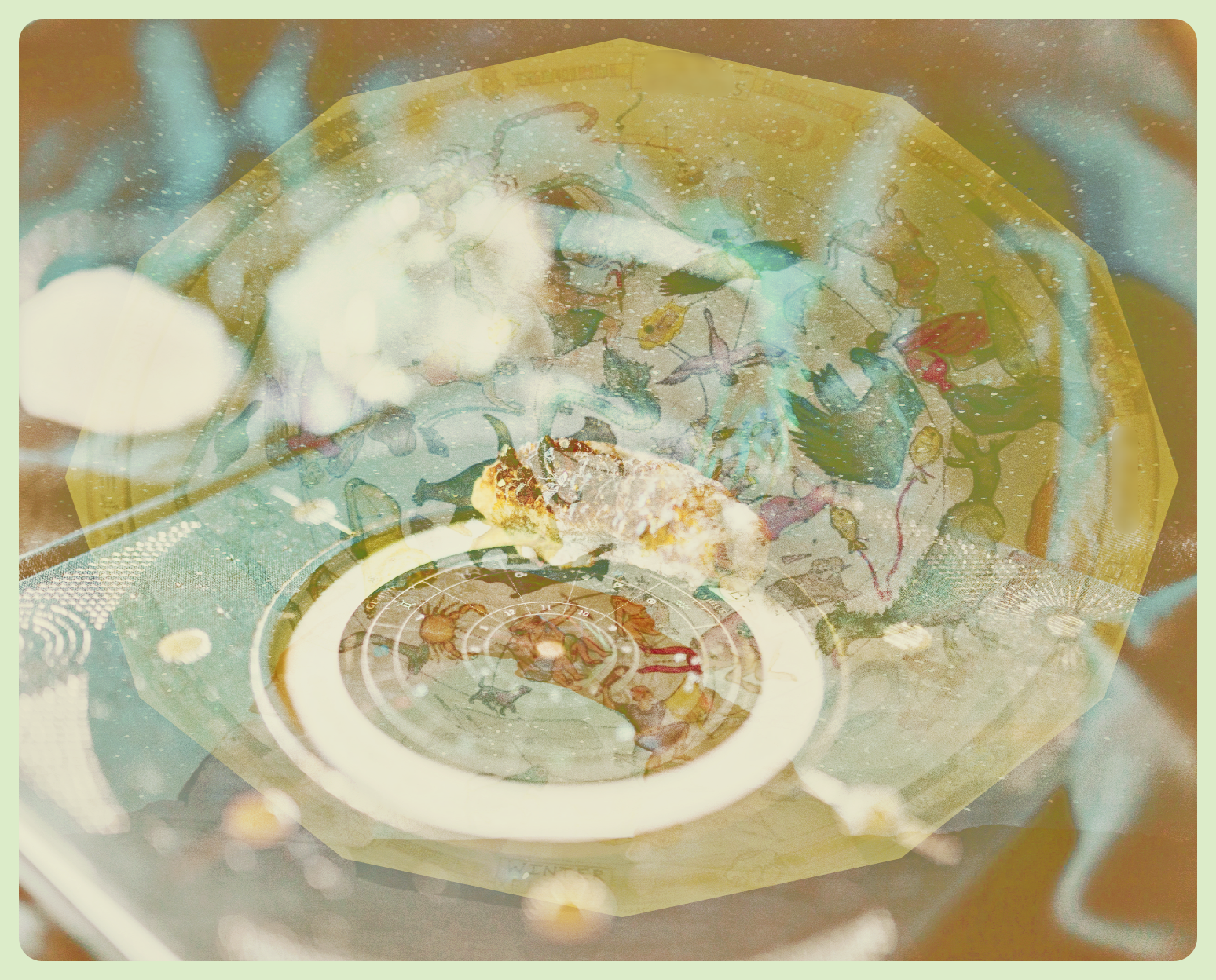Nakshatras - An introduction
Nakshatras are star asterisms or Moon stations used in Astrology to track the Moon’s journey across the sky and the horoscope.
Vedic Astrology makes use of Nakshatras in various ways, including calculating predictions periods for coming years.
There are 27 Nakshatras that are used, each of them like mini-constellations spread through the 12 of the Zodiac constellations.
In order to make calculations easier, each Nakshatra is made up of 13 degrees and 20 minutes out of charts 360 degrees.
We calculate the nakshatra predominantly by the Moon, meaning that you will have a nakshatra that denotes the placement of the moon in your chart.
The moon changes its position everyday, and with each changing tithi, or astrological equivalent of the day, the nakshatra changes, allowing you to easily track your own internal influences in your natal or birth chart easily by tracking the moon.
Just as with the zodiac, each nakshatra is also ruled by a certain planet and has certain predisposition and attributes that affect our day to day lives.
Knowing the moon-sign as your nakshatra enables you to easily navigate timings and patterns traceable through each day’s changing astrology.
The names of the nakshatras and their order are as follows, and your nakshatra is always calculated from the position of your Moon in the natal chart.
- 1. Asvini
- 2. Bharani
- 3. Kritika
- 4. Rohini
- 5. Mrigashira
- 6. Arda
- 7. Punarvasu
- 8. Pushya
- 9. Ashlesha
- 10. Hasta
- 11. Purva Phalguni
- 12. Uttar Phalguni
- 13. Magha
- 14. Swati
- 15. Chitra
- 16. Visakha
- 17. Anuradha
- 18. Jyeshta
- 19. Mula
- 20. Purva Ashadha
- 21. Uttar Ashadha
- 22. Shravana
- 23. Dhanishta
- 24. Shatabhisha
- 25. Purva Bhadrapa
- 26. Uttar Bhadrapa
- 27. Revati
The 27 Nakshatras
Apart from these, the olden era nakshatra Abhijit is used to calculate Muhurata, or propitious and fortunate time of events in astrology.
The day's Nakshatra and planets
A coat of quotes and passing poetry
" "
"
Quote # 4
